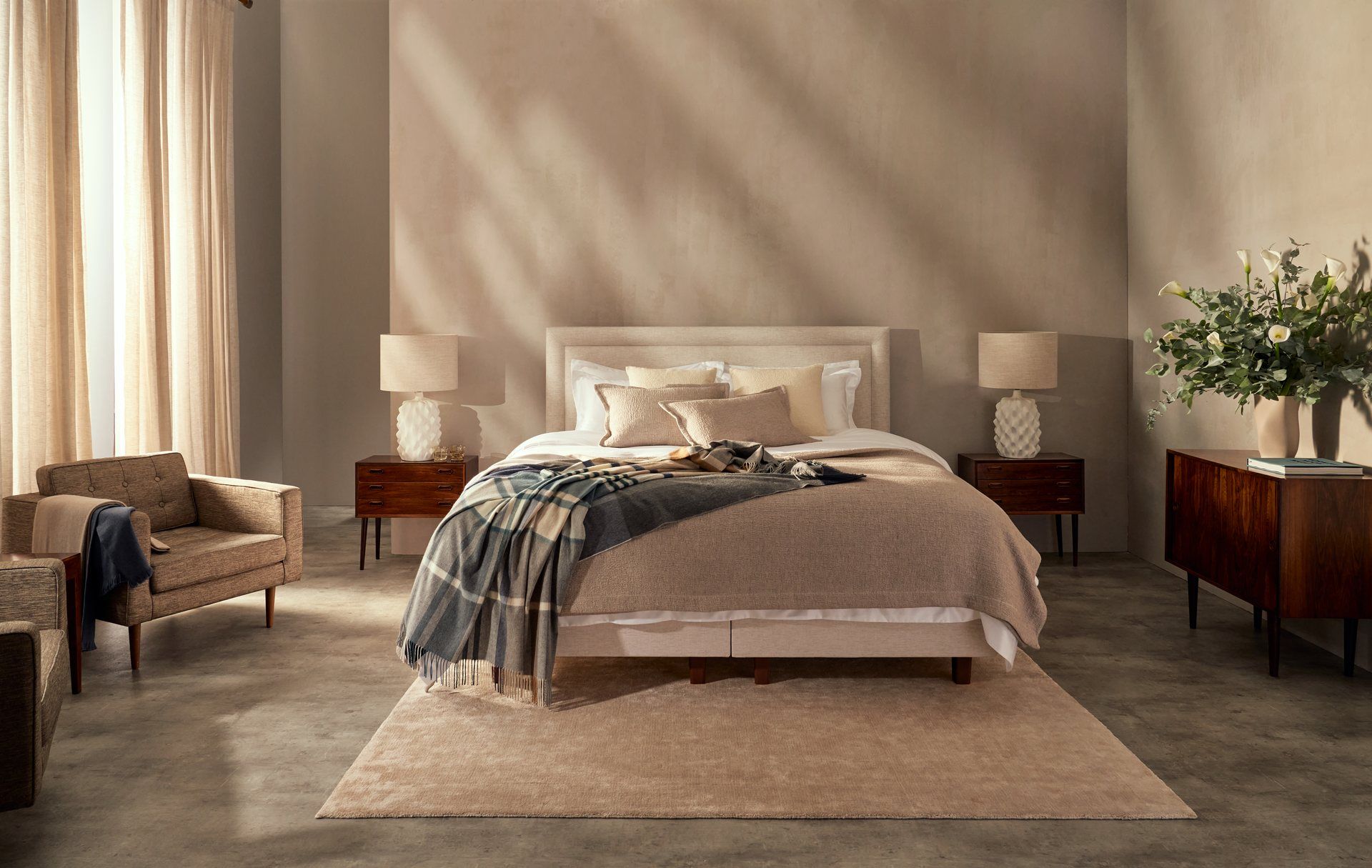Exploring the World of Sleep: A Deep Dive into Mattress Culture
The domain name mattressglobe.com hints at a rich tapestry of meanings and cultural narratives surrounding sleep, mattresses, and the quest for restorative rest. As we navigate through the history and evolution of sleep culture, we will explore the significance of mattresses across different eras and regions, while also examining notable figures who have shaped our understanding of sleep and wellness.
1. The Linguistic and Cultural Significance of Mattresses
The term "mattress" originates from the Arabic word mātraḥ, meaning "to throw" or "to place." This etymology reflects the historical context of bedding as a functional object designed for comfort and rest. In many cultures, the mattress symbolizes more than just a surface to sleep on; it represents a sanctuary for rejuvenation and personal reflection.
The term "globe," on the other hand, suggests a comprehensive approach to understanding sleep, weaving together diverse cultural practices and innovations in mattress technology. As we delve into the significance of sleep across different societies, we uncover a fascinating interplay between health, comfort, and cultural identity.
2. Historical Figures and Their Influence on Sleep Culture
Hippocrates: The Father of Medicine (c. 460 – c. 370 BC)
Hippocrates, often hailed as the father of modern medicine, emphasized the importance of sleep for health and well-being. His teachings suggested that a good night's sleep was essential for recovery from illness, laying the groundwork for our understanding of sleep's role in physical and mental health. His work inspired later physicians to explore the impact of sleep on various ailments, ultimately leading to the development of sleep medicine.
Thomas Edison: The Inventor (1847 – 1931)
In the realm of innovation, Thomas Edison’s contributions to electric lighting drastically altered human sleep patterns. The advent of electric lights extended our waking hours, impacting the natural cycles of sleep. While Edison's inventions propelled society into a new era of productivity, they also sparked debates about the implications of artificial light on health and sleep quality.
Sigmund Freud: The Father of Psychoanalysis (1856 – 1939)
Freud introduced the idea that dreams are a window into the unconscious mind, further emphasizing the importance of sleep in understanding human behavior. His theories highlighted the psychological significance of sleep and dreams, reinforcing the notion that our slumber hours are not merely a pause in our daily lives, but a vital part of our mental and emotional health.
3. The Evolution of Mattress Design
From ancient times to the modern era, the design of mattresses has evolved dramatically. Early mattresses were often filled with natural materials such as straw, feathers, or wool, and were simply laid on the ground or on rudimentary frames. As society progressed, so too did the technology behind mattress construction, leading to the development of innerspring mattresses in the 19th century, followed by memory foam and latex variants in the late 20th century.
Today, mattresses are crafted with a myriad of materials and technologies designed to enhance comfort and support. The Healthy Choice Organic Wool Mattress Topper serves as a prime example of this innovation, combining sustainability with luxury.

Healthy Choice Organic Wool Mattress Topper
Made of 100% GOTS-certified organic wool, this topper offers a breathable and temperature-regulating layer for year-round comfort. Handcrafted to lay flat on your mattress, it enhances your sleep experience.
Price: $679.00
4. Sleep and Well-Being in Contemporary Society
In our fast-paced world, the importance of sleep cannot be overstated. Studies consistently show that inadequate sleep can lead to a range of health problems, including obesity, heart disease, and mental health issues. Thus, the evolution of sleep culture is more relevant than ever as we strive to create restful environments.
As we move forward, the integration of technology into sleep solutions, such as smart mattresses and sleep tracking devices, offers promising avenues for understanding and improving sleep quality. These innovations reflect the ongoing quest for balance between our busy lives and the essential need for restorative rest.
5. The Future of Sleep
With increasing awareness surrounding the importance of sleep, the future seems bright for the mattress industry as it adapts to meet the needs of consumers. From sustainable materials to smart technology, the options available today are vast and varied, catering to a growing demand for healthier sleep solutions.
As we embrace this new era of sleep, it is vital to remember the lessons of history and the contributions of those who have shaped our understanding of rest. The journey of sleep, from the humble mattress to the sophisticated designs of today, illustrates our enduring quest for comfort, health, and well-being.


